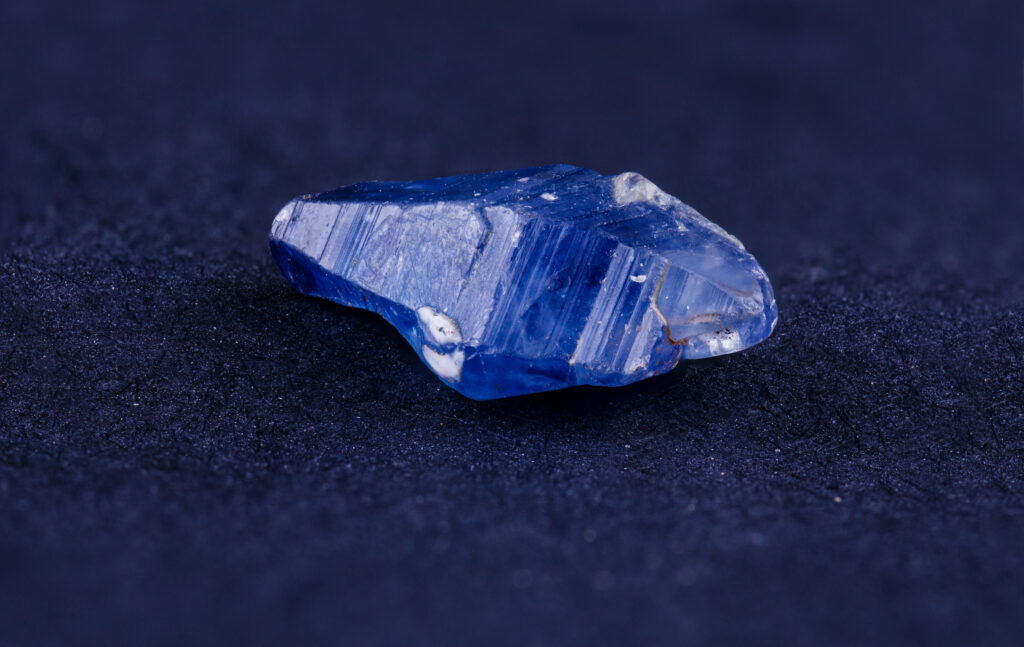Sapphires are considered some of the most beautiful and coveted gemstones on Earth but are they said to bring good or bad luck?
It depends entirely on the culture in question, but sapphires have been thought to bring both good and bad luck. However, it is a more prominent suggestion that if a sapphire doesn’t suit a person, it will bring them immense bad luck and misfortune.

Read on to learn more about sapphires, what they symbolize, and why they’re so sought after.
The Symbolism Of A Stone
Throughout history, cultures and civilizations have always found symbolism in special items, particularly rare or precious materials. This can be anything from golden artifacts to beautiful gemstones, and the nature of the symbolism can change from culture to culture.
For instance, jade has been essentially worshipped in China for thousands of years, and it is tied to intense superstition and symbolism. There are millions who believe that jade is associated with protection and positive energy.
Furthermore, there are many who say jade has a unique connection with the spiritual world, symbolizing a bridge between heaven and earth. As a material, jade has long been more popular and coveted in China than fine diamonds.
Almost every gemstone has a superstition attached to it, such as amethyst, which is supposed to protect from drunkenness. For millennia, rubies have been associated with luck, love, and fortune, and there are some cultures that believed rubies had the power to heal people.
However, some stones carry with them a negative superstition, such as opal, which was once upon a time thought to have magical powers. This superstition deteriorated over time, and eventually, opal was generally thought of as a stone that invited ill omens and negativity into your life.
Studying The Sapphire
Sapphires have a long and storied history, having been coveted by humans of many different cultures for several thousand years. They can occur in a wide range of colors and sizes, and they’re extremely durable and resistant to damage.
When it comes to the symbolism and superstition attached to a sapphire, there’s a rough and rocky explanation to be found. It seems that the world has been torn on sapphires throughout history, but the majority lean towards it being a positive symbolism.
Although, there’s a general theory that if a sapphire doesn’t suit you personally, it will bring you untold bad luck and misfortune. It has long been a recommendation to literally spend a few days with a sapphire and see what happens before you make any lasting decisions.
If on the few days you wear the sapphire you start experiencing nightmares and bouts of bad luck, then you should get rid of the sapphire immediately. It’s obviously a flawed system, as there’s some kind of bias to be observed there.
However, plenty of civilizations have worshipped sapphires in some way or another, starting with the Ancient Persians. They believed that the world rested on a pedestal made of sapphires, and therefore the importance of the bright blue gemstone was second to none.
Similarly, Hindu astrology teaches that the blue sapphire is an incredibly formidable stone that is representative of Saturn. As the teaching goes, only the most remarkable of people have the power to wear sapphire, and if you aren’t remarkable, you’ll face bad luck and misfortune.
Once upon a time, medieval kings favored sapphires, wearing them in battle to protect them against their enemies and bad luck. They would have them inlaid into their swords and armor, believing them to bring untold good fortune.
The Super Stone
Ultimately, sapphires are thought of as some of the world’s most iconic gemstones, even today. They’re part of the ‘big’ stone collection, which consists of rubies, emeralds, and diamonds – the most common and sought-after stones on earth.
In recent years, the jewelry world has seen some stunning examples of fine sapphires, such as the 135-carat Great Sapphire of Louis XIV. This is easily one of the most impressive sapphires ever seen, and it’s almost flawless.
It has just six facets, cut into a striking lozenge-style shape, and it’s almost completely transparent. It bears an attractive light blue hue, and it has almost no inclusions whatsoever, meaning it is of extremely high and pure quality.
Did this particular sapphire bring good or bad luck? Well, it was confiscated during the French Revolution, and then stolen, before being returned to the French government to be displayed in a museum.
So, not the most dramatic story.
